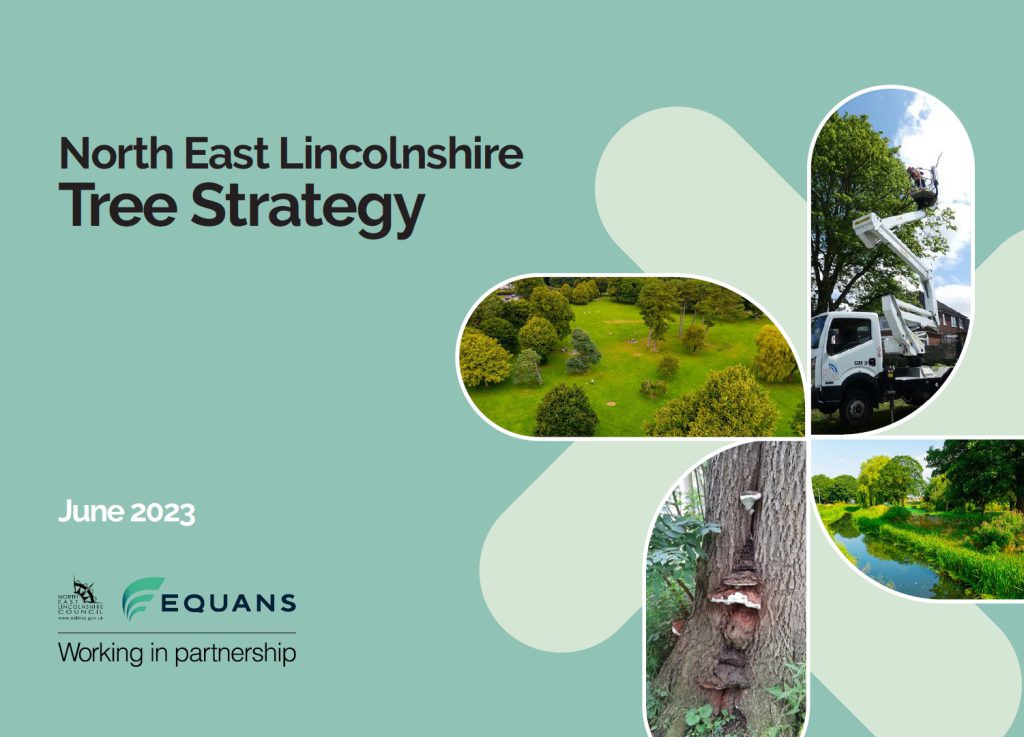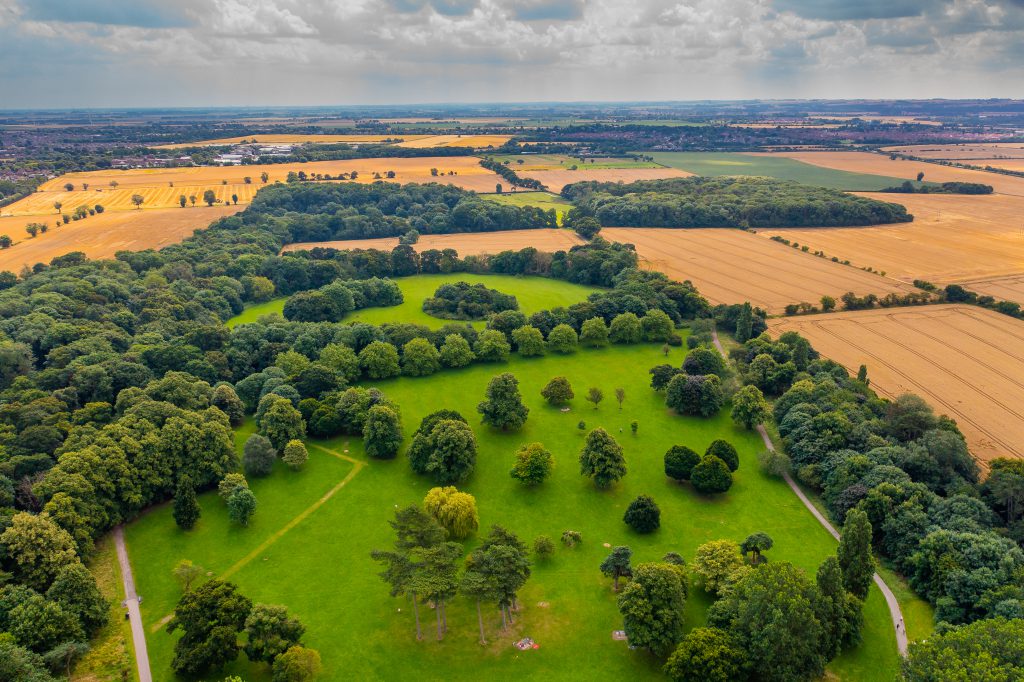North East Lincolnshire Council is inviting people to have their say on its first ever tree strategy.
Published in June, the draft strategy demonstrates the Council’s commitment to caring for trees under its management and help respond to the challenges of climate change and the natural ecosystem.
People are invited to read the strategy and give their views between now and Wednesday 11 October at www.nelincs.gov.uk/have-your-say.
North East Lincolnshire Council’s tree strategy, created in partnership with Equans, demonstrates the organisation’s commitment to protecting its existing tree population and increasing tree canopy coverage in North East Lincolnshire.
The existing tree canopy coverage within North East Lincolnshire is estimated at 10.5 per cent, which is well below the national average of 15.8 per cent.
Tree canopy coverage within the borough’s Wards, including Yarborough, Park and Heneage, are above the national average, however some of the Wards along the coast have tree canopy cover as low as 2 per cent to 7.6 per cent.
Trees provide many well-documented benefits from improving the quality of the natural and urban environment to improving social, health and physical well-being.
When managed correctly trees can help mitigate the effects of climate change, improve storm water management, air quality, biodiversity and the amenity and sense of well-being within a community.
Cllr Philip Jackson, leader of the Council, said:
“Our draft tree strategy is an ambitious plan that can be used as a framework for everyone who has a role to play in protecting and increasing tree cover in the borough.
“It gives a strategic approach to making sure that everyone gains from the environmental and health benefits that trees give us.
“We’re inviting individuals and organisations to have their say on our approach to looking after our existing trees and to increasing the number of trees in our area.”

Document structure
North East Lincolnshire’s Tree Strategy has five parts:
- Part One – A Tree Policy which sets out the strategic objectives that guide and influence the decisions the council take.
- Part Two – Tree Management Guidelines – provides the detail around managing trees under the ownership and influence of the Council.
- Part Three – Tree Risk Management Plan – outlines processes the Council will use to manage the risks trees can cause.
- Part Four – Tree Planting Guidelines – provides the detail around sourcing, planting, and establishing trees under the ownership and influence of the Council.
- Part Five – Development & Our Green Infrastructure Guidelines – will set out developers’ responsibilities regarding existing and new trees within planning applications.
Guiding principles
The guiding principles of this strategy document are:
- Protect and care for North East Lincolnshire’s trees.
- Plant more trees.
Why urban trees are so important
There is a growing body of evidence that trees in the urban environment bring a wide range of benefits.
Economic benefits of urban trees:
- Trees can increase property values by 7-15 per cent
- As trees grow larger, the lift they give to property values grows proportionately
- They can improve the environmental performance of buildings by reducing heating and cooling costs, thereby cutting bills
- Mature landscapes with trees can be worth more as development sites
- Trees create a positive perception of a place for potential property buyers
- Urban trees improve the health of local populations, reducing healthcare costs
- Trees can enhance the prospect of securing planning permission
- They can provide a potential long-term renewable energy resource.
Social benefits of urban trees:
- Trees help create a sense of place and local identity
- They benefit communities by increasing pride in the local area
- They create focal points and landmarks
- They have a positive impact on people’s physical and mental health
- They have a positive impact on crime reduction.
Environmental benefits of urban trees:
- Urban trees reduce the ‘urban heat island effect’ of localised temperature extremes
- They capture and store carbon from the atmosphere
- They provide shade, making streets and buildings cooler in summer
- They help remove dust and particulates from the air
- They help to reduce traffic noise by absorbing and deflecting sound
- They help to reduce wind speeds
- They help increase biodiversity by providing food and shelter for wildlife
- They reduce the effects of flash flooding by slowing the rate at which rainfall reaches the ground
- They help improve the quality of polluted ground
- They can be incorporated into a Sustainable Urban Design System (SuDs).

Share this article